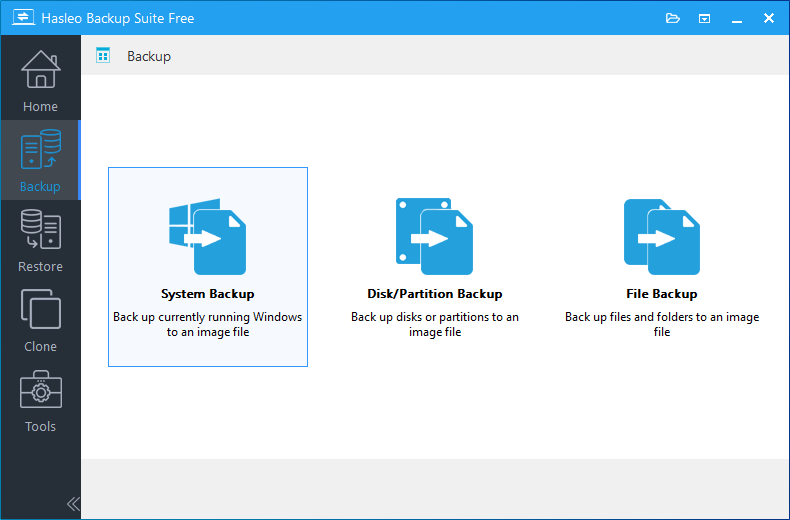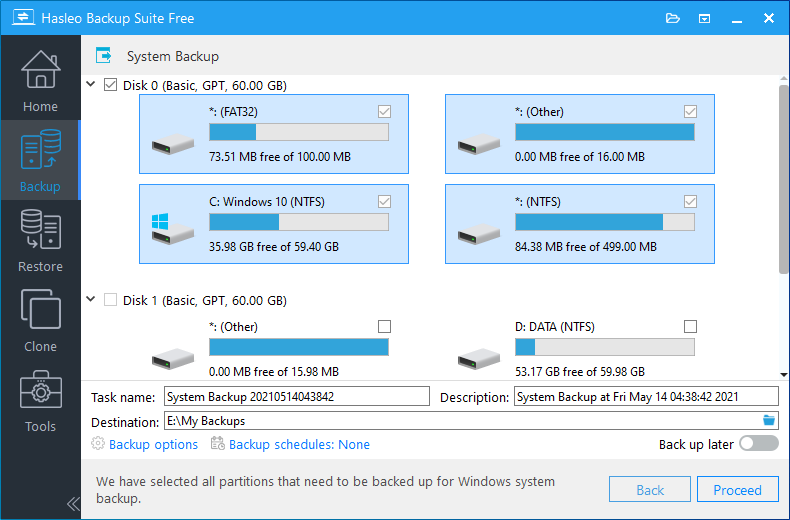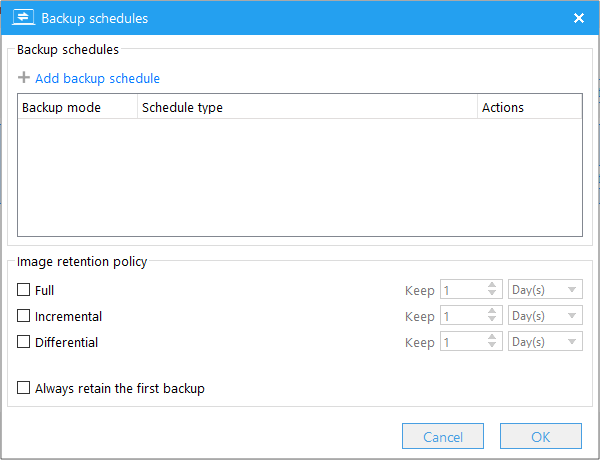This tutorial mainly introduces how to set up backup schedules to automatically back up Windows operating system on a regular basis, the main contents are as follows:
We usually make backups of the Windows operating system, so that in the event of a disaster, we can quickly restore the working environment, and we do not need to reinstall the operating system, drivers and applications, which can help us save a lot of time. Windows server operating system is usually used to run enterprise critical applications (such as Internet/intranet hosting, database, etc.), the downtime of Windows server usually brings us huge damage, and reinstalling and configuring Windows server takes a lot of time, so backups of Windows server operating systems are critical.
We can choose to back up the Windows server operating system manually, but there is a risk that we may forget to perform the backup when the work is busy, so it is very necessary to set up a schedule to back up the Windows server operating system automatically on a regular basis.
Above we explained the importance of setting up schedules to automatically back up Windows server, the most important thing to automatically back up Windows server operating systems is to find a Windows server backup software that supports backup scheduling. Here we recommend you to try Hasleo Backup Suite Free, it is a professional Windows backup software that supports Windows server operating system and backup scheduling. Hasleo Backup Suite Free provides several backup scheduling modes (One-time, Daily, Weekly, Monthly and Event trigger), and you can mix several different scheduling modes for the same backup task, so you have the flexibility to create schedules to automatically back up Windows Server on a regular basis according to your needs.
Now free download Hasleo Backup Suite Free to back up the Windows Server, and it is recommended that you create a bootable WinPE emergency recovery disk to restore Windows Server when needed.
Step 1. Download, install and run Hasleo Backup Suite Free.
Step 2. Click "Backup" button in the navigation bar, then click "System Backup" button in the operation area.

Step 3. Hasleo Backup Suite Free will automatically select all partitions that need to be backed up for Windows operating system backup. You only need to modify the task name, description, destination and backup options according to your needs.

* Task name: Specify a task name so that you can quickly find and manage the backup task.
* Description: Briefly describe the purpose of the task and other information.
* Destination: The destination path where the backup image files will be stored, modify it by clicking the folder icon.
* Backup options: Advanced backup settings. For more details, please refer to Backup options.
* Backup schedule: Set up backup schedules to automatically perform the backup task on a regular basis. For more details, please refer to Backup schedule.
Step 4. Click "Backup schedule" to bring up the window for configuring backup scheduling.

Step 5. Click "Add backup schedule", choose One-time, Daily, Weekly, Monthly, Event-triggered scheduling modes and set the time for the backup to run according to your needs in the pop-up window, then click "OK" button to save the settings. With the same steps you can add multiple backup schedules for this backup task.

Step 6. Click "OK" button to save the backup schedules.

Step 7. Click "Save" button to save the backup task. Hasleo Backup Suite Free will now periodically perform the backup task at the time that you specify.
Hasleo Backup Suite Free is a free Windows backup software that you can use to set up schedules to automatically back up Windows server operating systems on a regular basis. The scheduling scheme of Hasleo Backup Suite Free provides One-time, Daily, Weekly, Monthly, Event trigger backup scheduling modes and allows you to mix multiple scheduling modes for the same backup task, so you have the flexibility to configure backup scheduling according to your needs.
The backup scheduling scheme is not only applicable to Windows Server 2008/2012/2016/2019/2022/2025, but also applicable to Windows Vista/7/8/10/11.